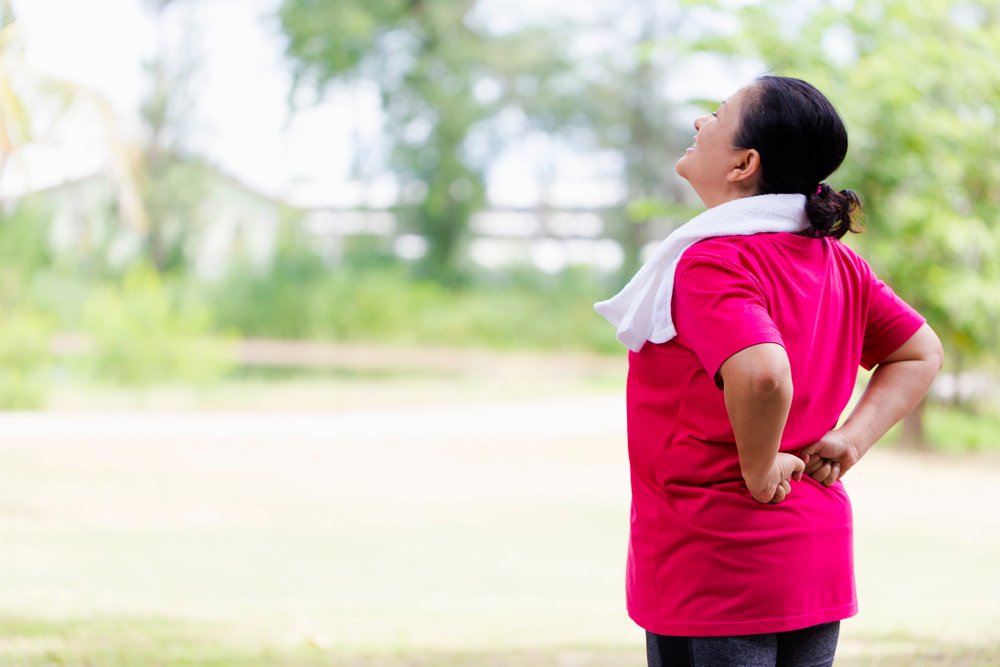Experiencing Lower Body Pain After a Workout? You May Need New Shoes
Being sore after a workout is normal — after all, as the old saying goes, “no pain, no gain.” However, an expert-written article on Amodrn warns, you should be able to differentiate between good and bad pain. Good pain is the type of pain where you feel sore and tired at first, though it dissipates after a few hours/days. Meanwhile, bad pain involves sharp pain, swelling, joint pain, and any kind of pain that doesn’t go away. It's the type to get worse if you leave it alone, and can cause serious problems such as joint degeneration and torn muscles in the long run. Many people can easily experience this type of pain in their lower body. While warming up and proper form when exercising will help reduce lower back pain, another aspect you may not have considered is wearing the right pair of shoes. The shoes you choose can have a significant impact on your lower back when exercising.
Signs You’re Wearing the Wrong Shoes
Shape lists specific signs that can point to your shoes causing you harm. Heel pain and hip stress, for instance, result from wearing shoes that don’t offer a lot of cushioning to absorb shock. Tendonitis, on the other hand, is caused by wearing less structured shoes, as they can cause the foot to roll inward.
To prevent yourself from experiencing various aches and pains that can turn into injury, it’s important to know how to choose the right pair.
How to Choose the Right Shoes
Know your shoe size
Finding the right sports shoe size can be a challenge as each brand is slightly different. When choosing a shoe it is best to know your general size. This guide on how to calculate your sneaker size has a chart that provides US men and women’s sizes, as well as UK and EU measurements and an accurate length (cm) list. However, don’t just rely on a chart when buying shoes. Make sure you try on different pairs to find the perfect size for you.
The wrong shoe size can apply pressure to your feet, especially around your toes, causing problems, such as blisters, when left unattended. Furthermore, wearing something that's too small for your feet, may compromise your muscles and tendons as they work to compensate. This can affect how your ankles and legs perform, which can also cause a sore hip and back since your feet and lower body aren't able to properly support your weight.
Match the shoe with your workout routine
Sports shoes are designed to give you the best support in a certain activity. There is the right shoe for every workout — for example, running shoes should minimize the shock load that your foot absorbs whenever your feet hit the ground. A good example of a pair of running shoes is the Mizuno Wave Inspire 17, which has a zigzagging wave plate that provides excellent cushioning and grip.
On the other hand, if you attend yoga classes, your shoes should instead be flexible and have no grips, like the Ryka Influence. Running shoes have thick soles that are designed to grip the surface. Having the right pair of sneakers for your workout can make exercising safer and more comfortable.
Consider your current fitness level
When you’re buying a new pair of workout shoes, you should also think about your current fitness level. For instance, if you’re new to running, shoes with more support, like Reebok's Harmony Road, will help you maintain your form to prevent injuries. The Harmony Road even has a firm and durable outsole rubber, making it flexible enough to bend with your foot on every stride. It'll allow you to practice your running form without constricting your natural movement.
If you’re an ultra-runner, then you can look into something more comfortable and durable, like the Asics Gel-Nimbus Lite 2. This particular shoe has an outsole that's sturdy enough to last you several miles, and a midsole that's soft and responsive. This ensures you have good cushioning and support for your whole run, reducing the risk of common injuries and lower body pain.
The wrong shoes can cause aches, pains, and eventually injury when consistently used for exercise. To prevent this, you should match the right-sized shoe with your workout. If you’re having trouble, you can ask staff members at an athletic specialty store to help you out. Shoes stores that understand and specialize in shoe sizing, such as the Running Room, can guide you through this process.
Exclusively written for GoGetFit by Joana Shelton

